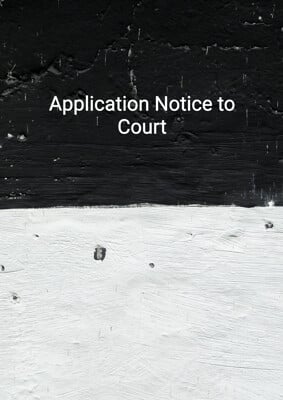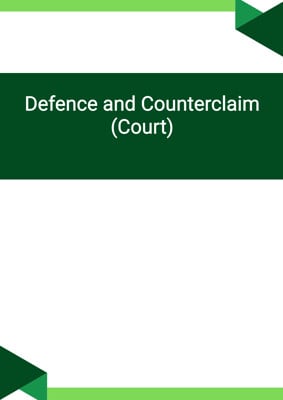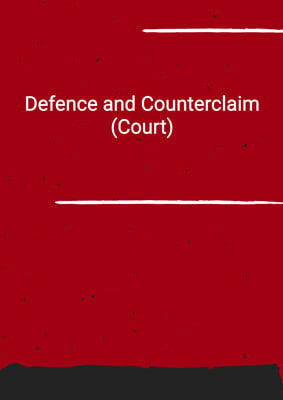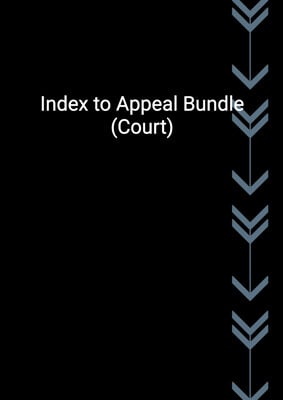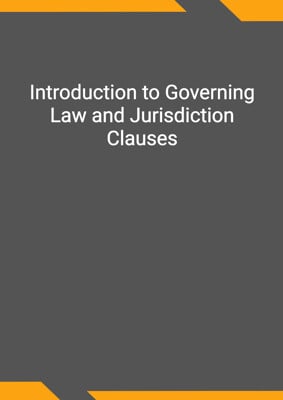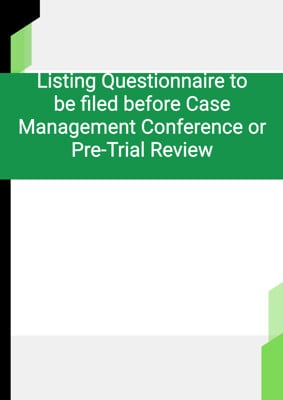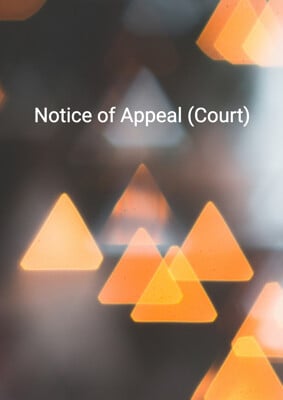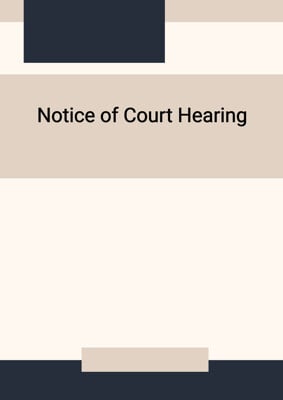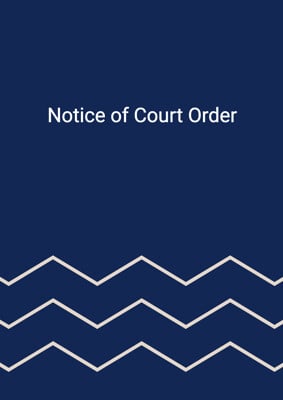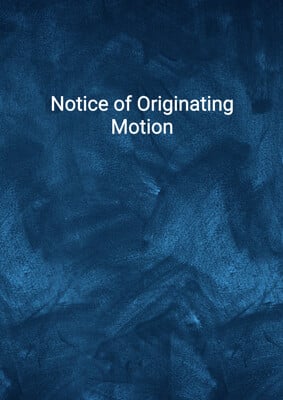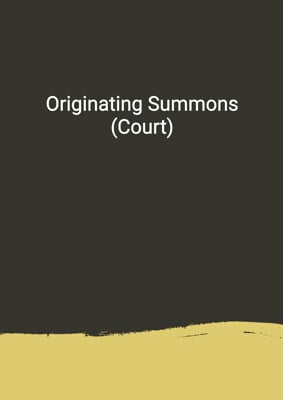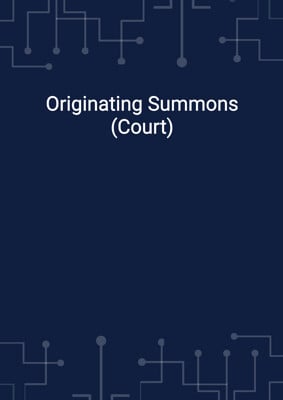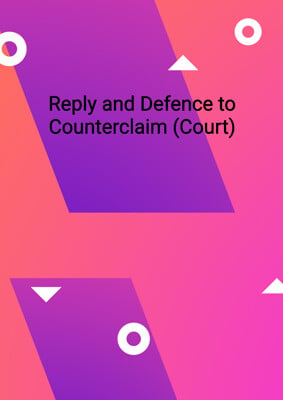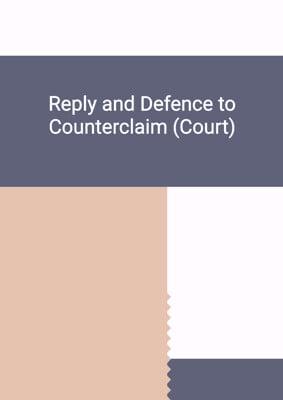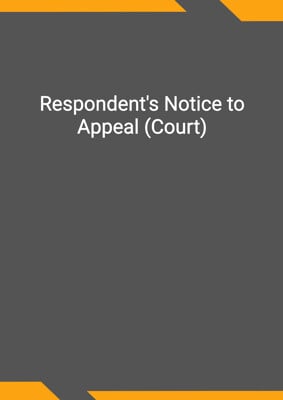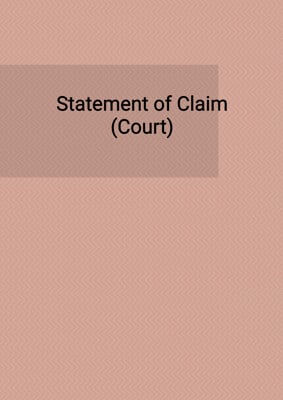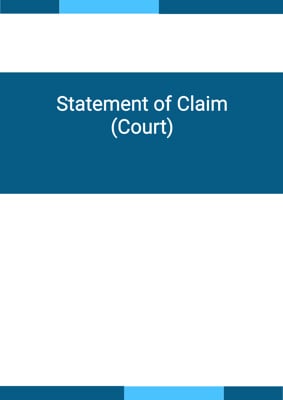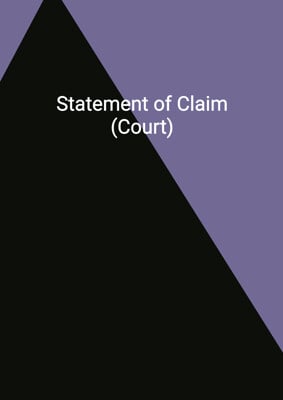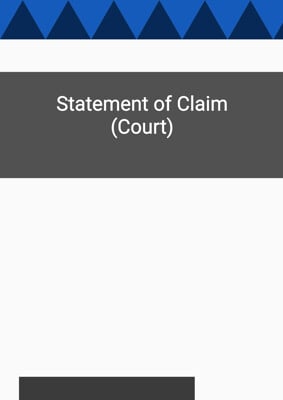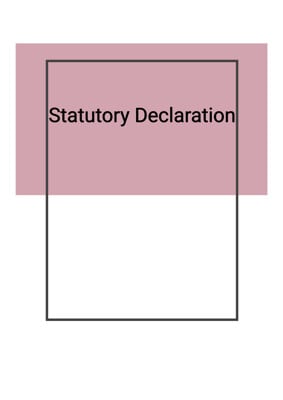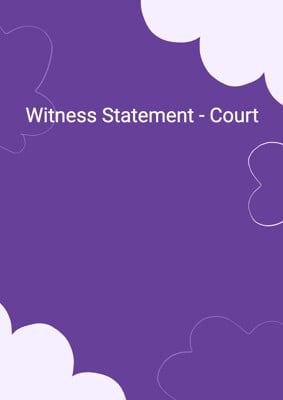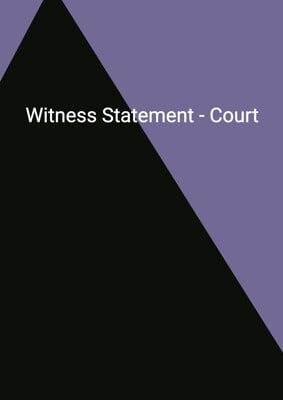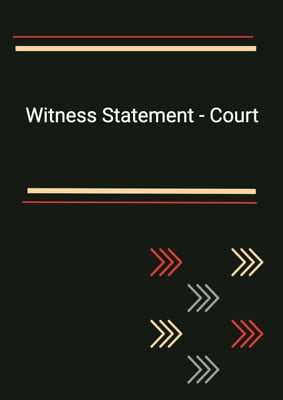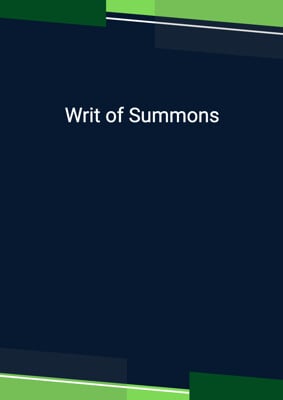
Letter of Claim (Passing off)
Claimant
This is a draft letter of claim for a client's representatives to notify a company of their acts of 'passing off', which infringes their client's trademark rights. Passing off is where a trader acts in a way that misleads or misrepresents themselves as being associated or linked with another company or goods or services of another company.
How to Tailor the Document for Your Need?
01
Create Document
Click "Create Document" button and the document will be prepared with your account details automatically filled in.
02
Fill Information
Please fill in any additional information by following the step-by-step guide on the left hand side of the preview document and click the "Next" button.
03
Get Document
When you are done, click the "Get Document" button and you can download the document in Word or PDF format.
04
Review Document
Please review the document carefully and make any final modifications to ensure that the details are correct before sending to the addressee.
Document Preview
Document Description
The document titled 'Letter of Claim (Passing off)' is a formal letter that is used to address a situation where one party accuses another party of engaging in passing off, which refers to the unauthorized use of a trademark or trade name that is likely to cause confusion or deception among consumers. The importance of this document lies in its ability to assert the rights of the aggrieved party and seek appropriate remedies.
The entire document is structured as follows:
1. Introduction: The letter begins with the sender's identification and the recipient's identification. It is addressed to the directors or company secretary of the party accused of passing off.
2. Background: The sender establishes their client's position in the market by highlighting their manufacturing and selling of a product under a specific trademark or trade name. They emphasize the significant market share and reputation their client has built over the years.
3. Allegations of Passing Off: The sender states that on a specific date, they discovered acts of passing off committed by the recipient's company. They attach evidence of such behavior to support their claim.
4. Potential Damage: The sender asserts that the recipient's use of a similar name is likely to cause confusion among the public, particularly their client's customers. They argue that this could result in substantial damage to their client's reputation and goodwill.
5. Instances of Confusion: The sender provides specific instances where confusion has occurred due to the recipient's actions, further supporting their claim of passing off.
6. Request for Undertakings: The sender demands that the recipient sign the attached undertakings, which include provisions for providing information on the number of products sold for assessing damages.
7. Warning of Legal Action: The sender warns that if the passing off persists, their client may proceed with legal actions seeking remedies such as injunctions, destruction of offending items, account of profits, damages, and legal costs.
8. Recommendation for Legal Advice: The sender advises the recipient to seek independent legal advice due to the complexity of the matter.
9. Conclusion: The letter concludes by requesting a response from the recipient by a specific deadline.
In summary, the 'Letter of Claim (Passing off)' is a crucial document that outlines allegations of passing off, highlights the potential damage caused, and demands appropriate actions from the recipient. It provides a structured approach to resolving the dispute and warns of potential legal consequences.
How to use this document?
Guidance for using the 'Letter of Claim (Passing off)':
1. Identify the Parties: Enter the correct names and addresses of both parties involved in the dispute, ensuring clarity and accuracy.
2. Provide Background Information: Clearly state the history and background of your client's business, emphasizing their significant market share and reputation built over the years.
3. Describe the Alleged Passing Off: Clearly explain the specific acts of passing off committed by the recipient's company, providing evidence to support your claim.
4. Highlight Potential Damage: Emphasize the potential damage caused by the recipient's actions, including the confusion among the public and the negative impact on your client's reputation and goodwill.
5. Present Instances of Confusion: Provide specific examples where confusion has occurred due to the recipient's actions, reinforcing your claim of passing off.
6. Demand Undertakings: Request that the recipient sign the attached undertakings, which include provisions for providing information on the number of products sold to assess damages.
7. Warn of Legal Action: Clearly state that if the passing off persists, your client may proceed with legal actions seeking remedies such as injunctions, destruction of offending items, account of profits, damages, and legal costs.
8. Advise Seeking Legal Advice: Strongly recommend that the recipient seeks independent legal advice immediately due to the complexity of the matter.
9. Set a Deadline: Clearly state the deadline by which you expect a response from the recipient, ensuring it allows sufficient time for review and consideration.
By following these steps, you can effectively use the 'Letter of Claim (Passing off)' to address the passing off issue, assert your client's rights, and seek appropriate remedies.
Not the right document?
Don’t worry, we have thousands of documents for you to choose from:
